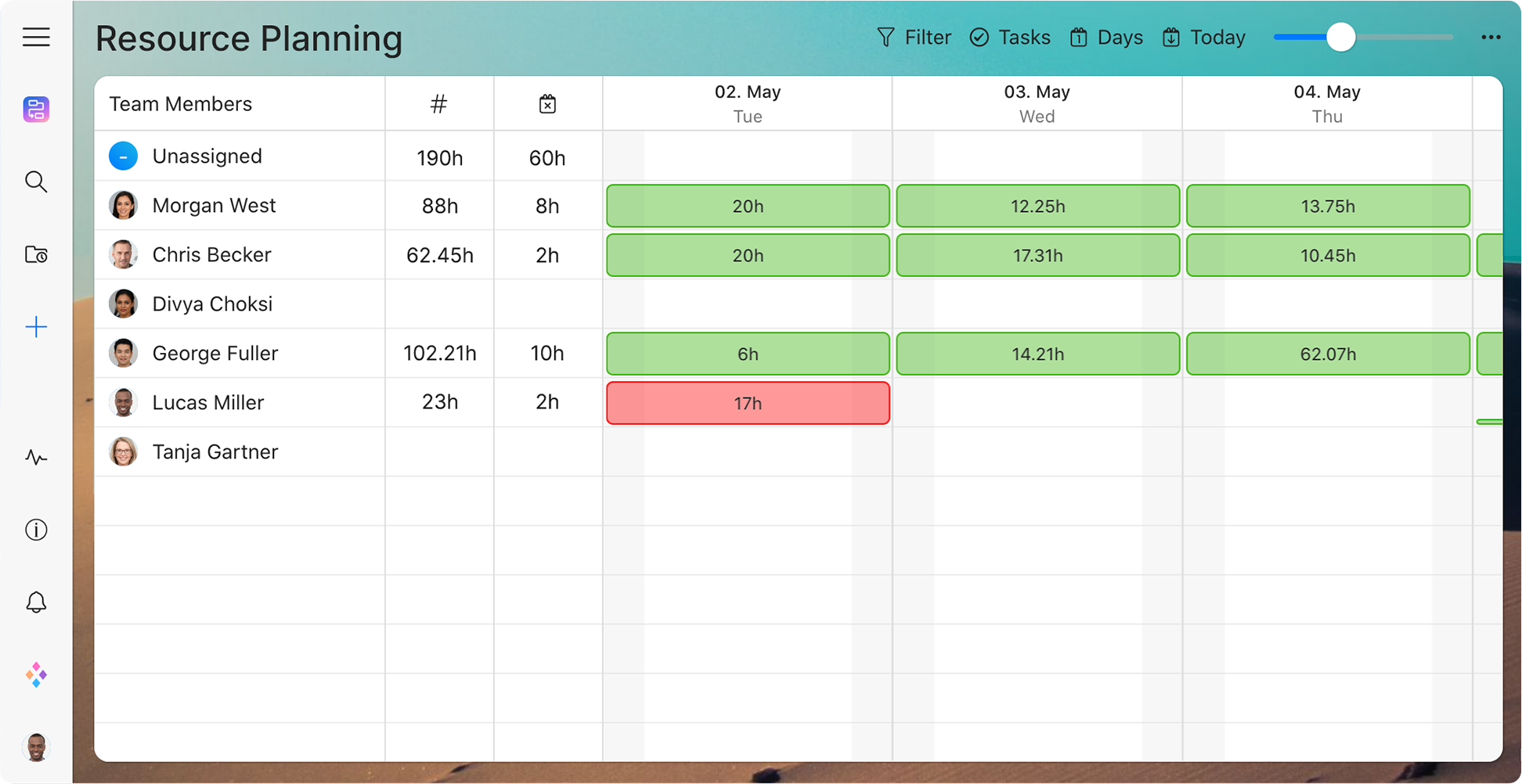
Collaboration can be a wonderful thing for a small business. It’s a chance to gain new insights, cultivate creative contributions, and strengthen working relationships. It brings together the talent, knowledge, and expertise of individuals from across departments and companies to work on a common goal.
But while there are many benefits of collaboration to enjoy, it’s not without its difficulties. In this article, we’ll take a look at common collaboration problems and how to best conquer them.

Why is Collaboration so Important?
Collaboration plays an imperative role in the growth of your small business. It’s no longer enough to be great within your team, but you also have to excel in working well with others. Small businesses face a lot of competition and it’s through the connections made when extending your network that can help with business development.
In saying that, however, successful collaboration isn’t a given and it’s not something that comes naturally to every business. Shifting from an individualistic outlook to a team approach can take time, effort, and extra resources to achieve. Not only are egos and conflict at risk, but also complete project failure. Herein lies the team collaboration issues.

Experience seamless project collaboration and organization.
Sign up for free today!
How to Overcome Collaboration Problems
When you get a group of individuals to work together for the first time, there are bound to be some team collaboration issues. But for every cloud, there is a silver lining. Here are three common challenges of collaboration and ways to resolve them:
1. Silos not broken down
Cross-team collaboration is an assumed practice for many businesses as it’s a great way for creating a cohesive working culture and to nurture staff development (people interacting with people they wouldn’t usually and getting out of their comfort zone, you know, that kind of stuff). It can also result in generating fresh approaches and boosting specific areas of business.
However, while the idea of everyone getting along and exchanging ideas seems great in theory, it can actually be a completely different reality. This group will be made up of individuals who are accustomed to their own set processes and working habits, so getting them to work harmoniously together may pose a challenge.
Solution:
The key to breaking down barriers is to establish trust among the new co-workers. Encouraging practices such as peer recognition and ensuring that your team members get to know each other can help in creating the thriving cross-collaborative culture that you want.
It’s also a good idea to remind everyone that although they are from different teams, during the current project, they are their own team and that the responsibility and outcome fall on everyone involved.
2. Miscommunication
Miscommunication is a common problem in any group situation. One of the biggest challenges in collaboration and teamwork is misinterpreted or missing information, especially when a lot of the actual collaboration happens online. This collaboration problem can lead to mistakes and missed deadlines which in turn can have massive consequences for the business outcome.
Solution:
Know which type of media is appropriate to use for the situation. For instance, if it’s an urgent response you’re after, contact your co-worker via instant messaging, or phone call, or even get up to find them and tell them face-to-face instead of sending an email.
Another way to ensure everyone is on the same page is to use a centralized tool to keep track of tasks and responsibilities. Using a project management tool during the collaborative endeavour will not only create transparency, but it will also keep everything on record so if there are any disputes, there is something to refer to.

3. Too many cooks in the kitchen
Unlike teamwork, when it comes to collaboration, roles and responsibilities are more fluid. Having this kind of fluidity opens up space for many opinions and suggestions. The point of collaborating is to exchange ideas and to find new solutions to improve business, and while having different outlooks and insights can help a great deal with that, it can also be detrimental if the suggestions are not being managed properly. This can lead to personalities clashing and conflict within the group.
Solution:
To prevent any disagreements from amplifying, implement a process where everyone’s suggestion is heard by the rest of the group and then a collective decision is agreed upon from there. This can be a great way to ensure that everyone’s opinion is valued and that things don’t get out of hand.
It’s also a good idea to not lose sight of the fact that there are stakeholders, project managers, and other figures of authority outside of your collaboration group who already have in mind how things should go and what a successful outcome looks like—stick to the agenda.
Final Thoughts
While it does take work to overcome collaboration problems, it is worth it in the end. Collaboration can bring to the table a haven for new ideas which can spur a culture of innovation.
It’s important to remember, however, that collaboration isn’t for everyone and that some businesses may have problems with collaborative arrangements. So with all the potential to increase productivity, reduce costs, and facilitate business growth, the benefits of collaboration can only come to fruition if it’s done correctly.
How does your team overcome collaboration problems?
Cheers,
Dinnie and the Zenkit Team





Leave a Reply